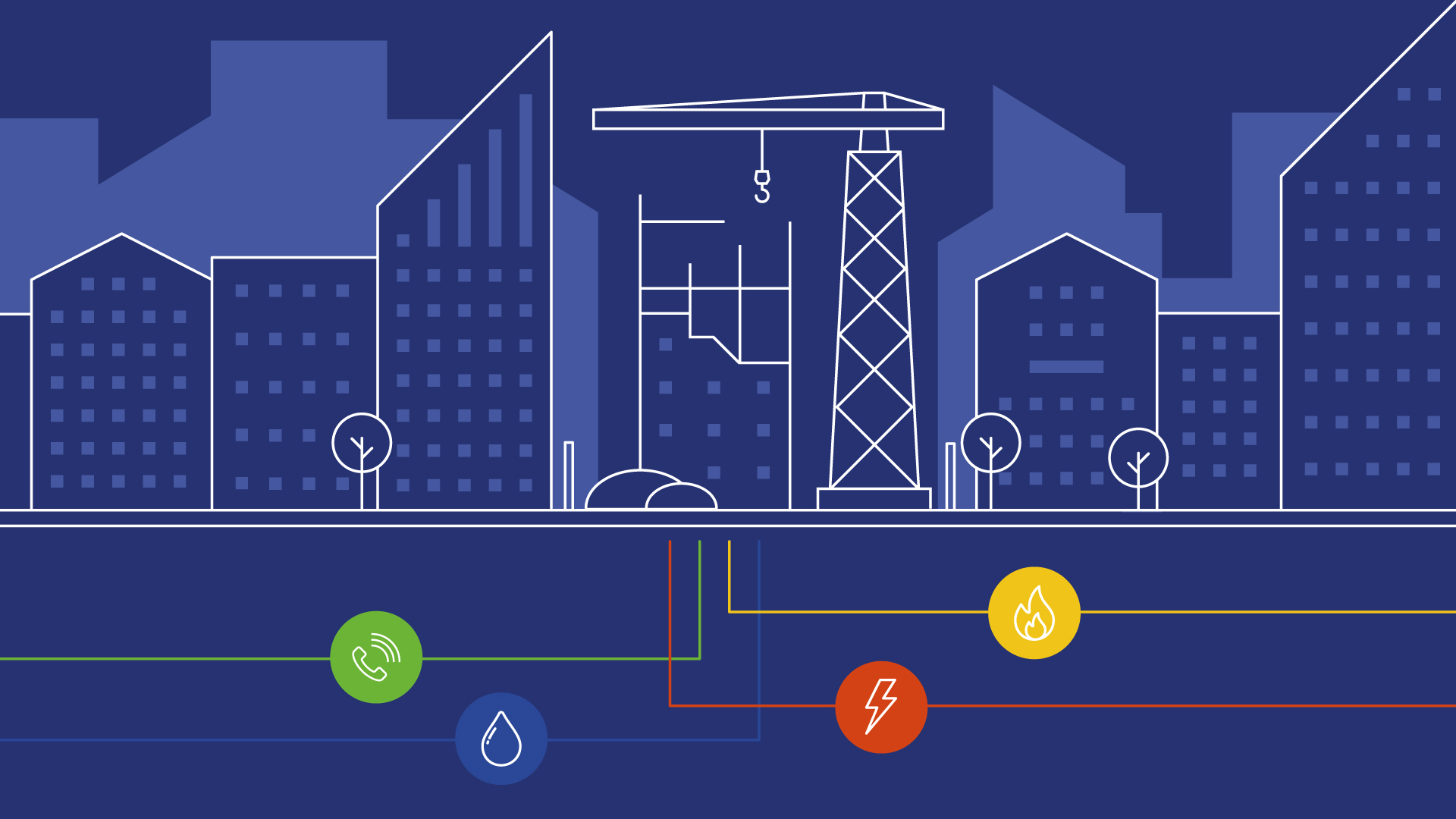This is the latest update on probably the most important utility issue facing many developers across the country, namely the shortfall in electricity network capacity. As one of the leading independent utility consultancies we are seeing the daily impact on development schemes. The longest wait time we have seen for electricity capacity to become available to serve a new development is 2042!!
All new homes and businesses across the UK require a connection to an electricity network. The majority connect to a local electricity owned and operated by electricity Distribution Network Operators (DNO’s) or Independent Distribution Network Operators (IDNO’s). These distribution network companies in turn connect to the transmission network owned and operated by National Grid Electricity Transmission (NGET).
What is behind this lack of electricity capacity?
Firstly, there has been exponential growth in Data Centres, particularly where good fibre optic connectivity is available making these locations ideal for new data facility. A Data Centre is energy intensive, and the electricity capacity required can exceed that of a large town. Secondly, the focus on low carbon technologies such as batteries, wind and solar farms and the transition to electricity as a source of heating in new housing schemes, along with the electrification of transport, have all increased the demand on electricity network associated with new developments.
The historical approach to securing electricity capacity?
Historically, many developers would apply early for a Point of Connection, sometimes well ahead of securing planning permission, as a means of providing certainty and confidence that a scheme could be built and connected to the electricity network in good time. The network companies treated these applications on a first come, first served basis.
This approach to queue management drove applicants to apply early and often meant that capacity was committed to schemes that were ‘dormant’ for many years. A consequence of this was that a site ready to start (now termed Shovel Ready), could be behind a development which had not been submitted for planning, often resulting in additional costs, or extended connection timescales for the ready to progress schemes.
Improving Queue Management?
An industry wide action plan has been introduced by the Energy Networks Association in response to stakeholder and regulatory feedback on electricity capacity availability. There are two key changes that will impact development projects
- The most significant change is to a first ready, first connected, approach to queue management. This means connections which reach agreed milestones will be prioritised for connection. ‘Shovel ready’ projects that are progressing and are ready to connect to the network will be invited to connect ahead of those with earlier application dates. Bringing forward customers who are ready to connect sooner will enable networks to connect more projects to the network at greater pace and utilise any available capacity. All DNOs must now actively manage the capacity queue with a view to capacity optimisation.
- The second is a spring clean of previously secured capacity. Today, connection agreements made between network companies and customers include progression milestones. However, projects established before 2017 did not follow this approach. Network companies are now implementing a three-step approach to migrate those projects to milestones or removing them from the queue.
A project will be deemed shovel ready, and must provide evidence, such as;
- having secured land,
- obtained planning consent,
- secured sufficient funding,
- design and engineering readiness is advanced,
- and overall development of the project is in a stage that can enable construction to start within a short space of time.
Projects that cannot provide evidence of 1-5 above will not be prioritised for connection by network companies.
A new language?
One consequence of the electricity capacity crisis is that new jargon is becoming commonplace, and these can be confusing to customers. Some of the more commonplace terms are;
- Contracted Capacity – the electricity capacity available, and established under contract, to the connected customer.
- ENA – the Energy Networks Association, the representative body for electricity and gas network operators.
- Flexible connection – an electricity connection where the demand can be reduced at times of ‘Peak’ network demand.
- ‘in Use’ capacity – the maximum electricity capacity used by customers, based on meter readings.
- Interactivity – the process used by network companies to manage the applicant queue when more than one customer requires connection to a common point on the electricity network. Once a connection offer (a quote) becomes interactive the timescales for quote acceptance change.
- Milestones – An agreed series of steps with a timeline applied.
- Non-firm connection – a type of connection where the customer does not require continuous supply. For example, for a Battery Storage System.
- Point of Connection (PoC) – the point where a new connection is made to an existing electricity network to serve a new development.
- Ramped Connection – an electricity connection where the electricity capacity is made available over a period of years in 1MVA steps.
- Shovel Ready – indicates a development is ready to progress. For example, funding and planning permission is secured, and a construction programme is in place.
How can Premier Energy help?
We are an independent utility consultancy with a successful track record of delivering for Clients since 1995. Whilst there is no silver bullet solution to the electricity capacity crisis, we can help you understand and assess the risk on your projects. We have now also released our Electricity Capacity Report that provides all information around the risks associated with connecting to the electricity network in terms of the existing capacity
Contact one of our experts for more information about our Consultancy services.

